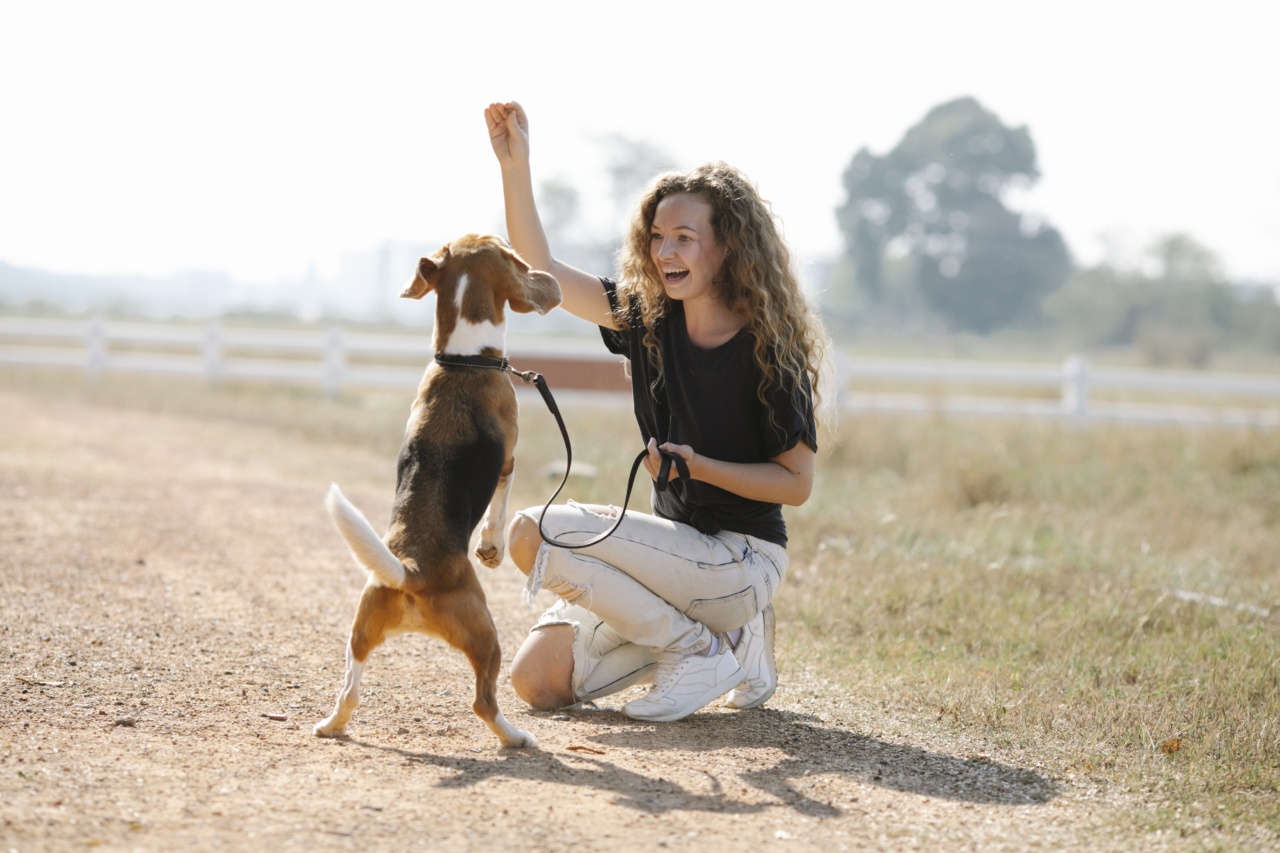It is common knowledge that dogs, especially the older ones, become set in their ways. This phrase is often used to describe people too, suggesting that they are unwilling or unable to change.
While this may be true in some cases, it certainly is not applicable to all situations. As for dogs, well, contrary to popular belief, they can indeed be taught new tricks!.
The science behind learning in dogs
Before we delve deeper into how dogs can be taught new tricks, let’s first understand their learning capacity. Dogs have an excellent ability to learn and adapt, and research has shown that this capability does not deteriorate with age.
In fact, older dogs may be more patient and focused, making learning easier for them!.
Dogs learn through a process known as conditioning. Conditioning is a behavioral process whereby a response is elicited from someone or something due to a specific stimulus.
For example, positive reinforcement conditioning involves rewarding good behavior with treats or praise. Negative reinforcement conditioning is where an unpleasant stimulus is removed when the desired behavior is exhibited.
Tools for teaching an old dog new tricks
Here are some effective tools for teaching an old dog new tricks:.
Positive reinforcement
This is one of the most effective ways to train a dog. It involves rewarding good behavior with treats or praise, thus motivating them to repeat the behavior.
Clicker training
Clicker training is a type of conditioning that uses a clicking sound to signal to the dog that they have done something right. It is followed by a reward to reinforce the good behavior.
The sound of the click indicates to the dog that they will receive something pleasurable as a reward for their behavior.
Using hand signals
Dogs are intelligent creatures that have a great sense of body language. Thus, using hand signals in combination with vocal commands can be an effective way to teach a new trick.
For instance, if you want your dog to sit, you can use a hand signal by holding your hand up and pointing a finger downwards while saying ‘sit.’.
Challenges when teaching an old dog new tricks
Despite the fact that dogs can learn new tricks at any age, there are still some challenges that come with training older dogs:.
Health and mobility issues
Some older dogs may develop mobility problems, making it difficult for them to learn certain tricks. For example, a dog suffering from arthritis may not be able to perform complex movements that require flexibility.
Resistance to change
As mentioned earlier, dogs can become set in their ways, just like humans. Some older dogs may be resistant to change and may take longer to learn a new trick.
Communication barriers
Dogs communicate differently than humans, so it can be a challenge to convey what we want them to do. It is important to learn how to communicate effectively with your dog to teach them the new tricks successfully.
Conclusion
It has been proven time and again that age is no barrier to learning for dogs or humans alike. With the right tools and techniques, even old dogs can learn new tricks.
Positive reinforcement, clicker training, and the use of hand signals – all of which we discussed earlier – are all effective ways to teach your furry friend some new skills. Of course, be patient and understanding, as every dog is different, and some may learn faster than others. With love and patience, your older dog can learn any trick you can think of!.


























